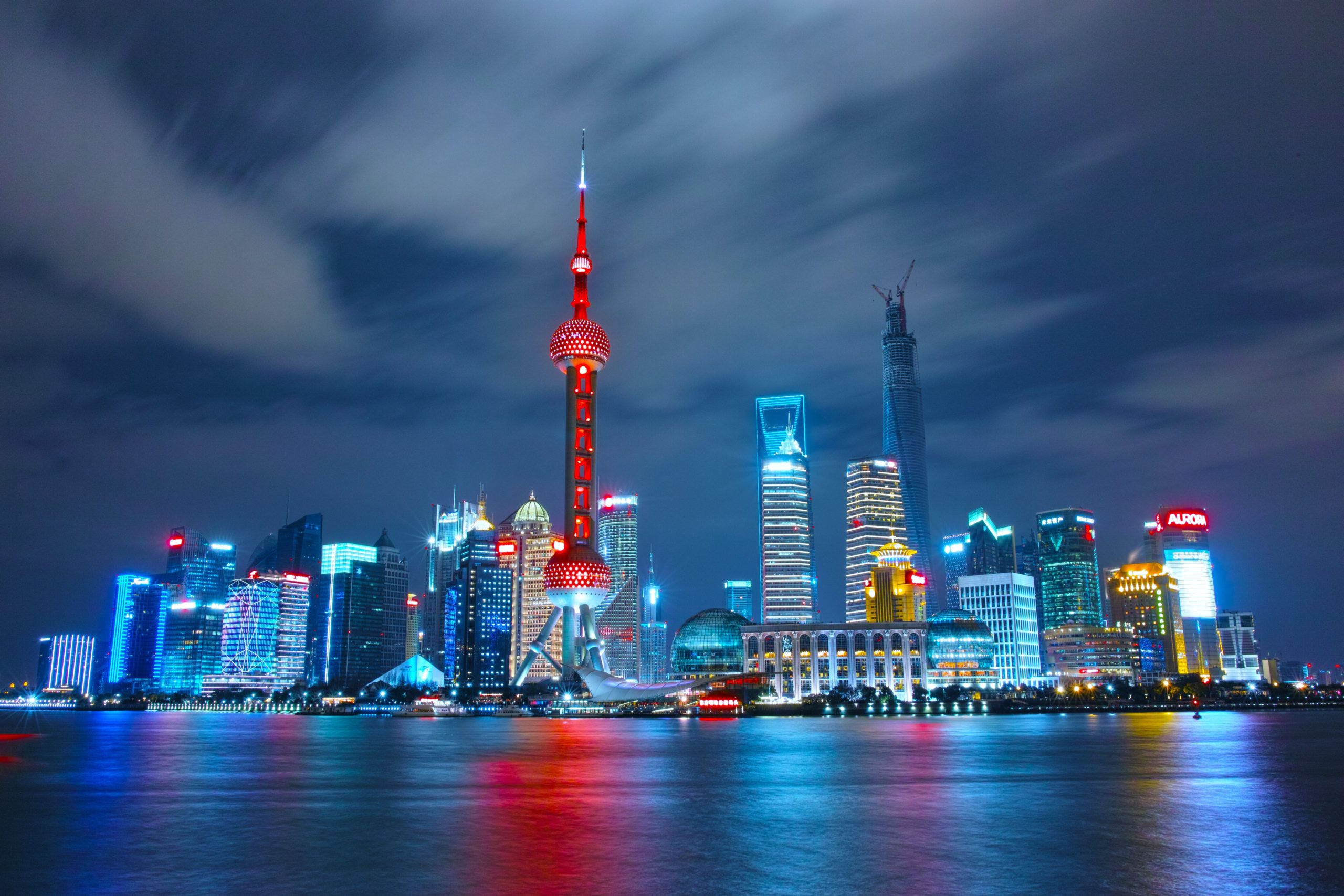Professor Klaus Nielsen led this Debate in Public Policy, asking whether the USA is right to be worried about China’s rising power as a technological innovator.
Over the past decade, China has become a driving force in the global economy, with growth in the country switching from being export to innovation driven. At the same time, we have seen a sharp change in attitudes towards China: from distrust over 5G and Huawei to the fallout around the COVID-19 pandemic.
In this Centre for Innovation Management Research Debate in Public Policy, Professor Klaus Nielsen explored China’s growth in innovation capacity over the past decade and asked whether the USA are right to be worried about its technological rise.
Where it began: OECD Review of Innovation Policy CHINA
To begin to answer this question, it is necessary to return to the 2008 OECD Review of Innovation Policy CHINA. At this time, the OECD found that China had excelled in mobilising resources for science and technology, developing its research capacity at unprecedented scale and speed. The number of patents and papers produced by China had grown rapidly, but this was yet to translate into a proportionate increase in innovation performance.
The OECD also identified quality issues in relation to China’s research and development activity, such as corporate governance. Professor Nielsen highlighted that, while the capacity for research was there, soft conditions, such as the management skills to enable knowledge transfer and collaboration, were weaker.
Ten years of progress: quantitative indicators
Despite these possible barriers to growth, China set itself the ambitious goal of achieving leadership in ten key industries by 2025, including robotics, green energy and medicine.
This was supported by considerable investment, including what Professor Nielsen described as an ‘incredible, never before seen increase’ in Research and Development expenditure as a percentage of GDP.

China’s Research and Development expenditure as a percentage of GDP
While China injected significant resource into Research and Development, it is interesting to note that OECD total expenditure remained fairly constant, at 2.1-2.3%, over the same period.
This phenomenal national effort is also reflected in the number of science degrees studied in the country:

As a result of this concerted effort, China’s ranking in the Global Innovation Index rose from 29th in 2007 to 14th in 2020, ahead of Japan. In the last decade, China has also made structural improvements that address some of the concerns raised by the OECD: policy reforms have enhanced clustering, while improvements have been made to allow for the soft conditions of innovation.
Yet despite huge progress, it is worth noting that China’s innovation output remains lower than the OECD average, with inconsistent performance in different areas of innovation.
Is China a technological leader?
For Professor Nielsen, it is fair to say that China has become (or is close to being) a world leader in a number of areas of technology: smartphones, e-commerce, mobile payment systems, electric vehicles, high-speed trains and 5G mobile networks to name a few. China is also a global leader in facial and voice recognition systems and is becoming increasingly involved in global standard setting.
How has it become so successful? We have seen the sheer mobilization of resources. Combine this with an experimental approach, limited stress on military and space and an openness and willingness to engage with the international community, and China’s research and development capacity has flourished.
The future, however, remains uncertain, with a lively audience discussion raising questions on data security and the realistic probability of a lack of cooperation from the USA, and how these might impact China’s technological reach.
While we cannot predict what will happen next, one thing is for sure: the technological capability of China should not be underestimated.
Further Information:

